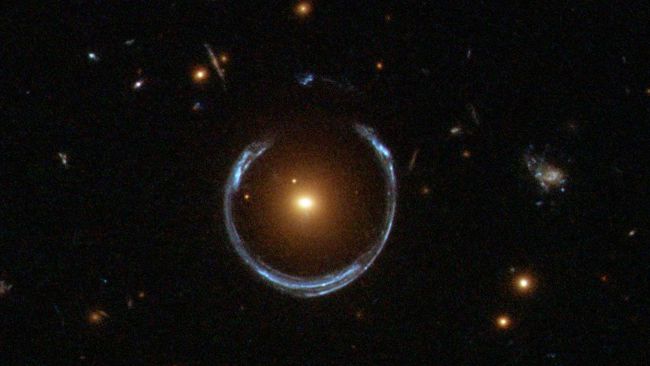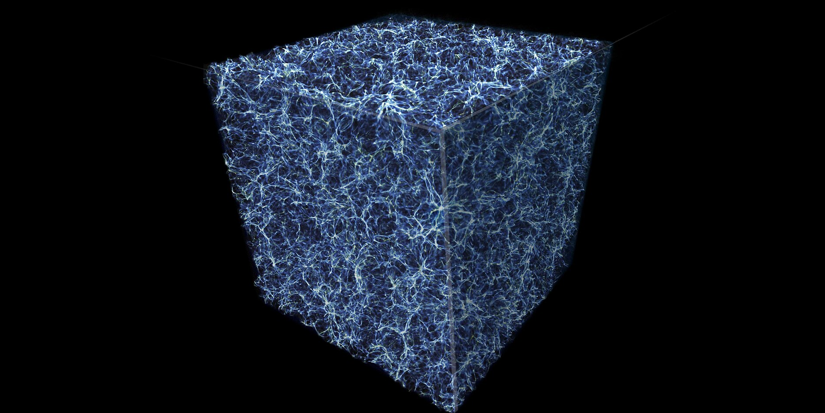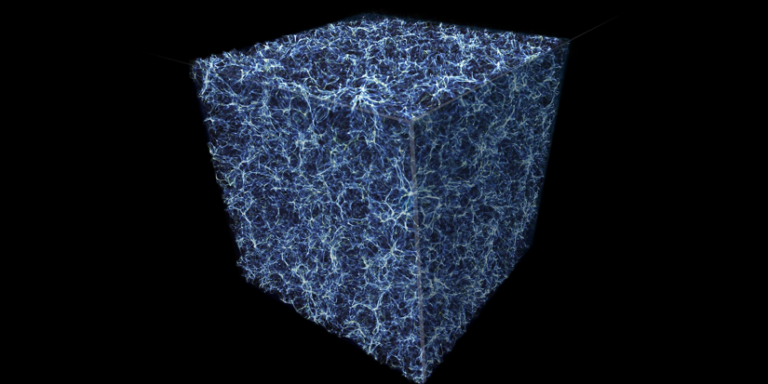
The James Webb Space Telescope, JWST, captured a fascinating cosmic phenomenon known as an Einstein Ring encompassing a massive ancient galaxy nearly as old as the universe itself.
What’s an Einstein Ring, you ask?
An Einstein ring, a captivating phenomenon predicted by Albert Einstein’s theory of General Relativity, occurs when a massive object, such as a galaxy or galaxy cluster, bends and distorts light from a more distant object behind it. This gravitational lensing effect creates a ring-like structure of light around the foreground object, resembling the iconic profile of Albert Einstein himself, hence the name “Einstein ring.” The foreground object acts as a gravitational lens, bending and magnifying the light from the background source, leading to the formation of this cosmic spectacle.
These Einstein rings serve as profound cosmic lenses, offering astronomers a unique opportunity to study distant galaxies and galactic structures that would otherwise be too faint or obscured to observe directly. By analyzing the distorted shapes and brightness of the ring, scientists can deduce valuable information about the mass and distribution of matter in the foreground object, as well as the properties of the background source. Einstein rings thus provide a window into the hidden universe, unveiling the intricate interplay between gravity and light on a grand cosmic scale.
Read more: Space.com
- The Black Hole In Interstellar Was Built From Actual Equations

- Astronomers discover the largest structure in the universe

- Russian Plasma Engine Will Get Us To Mars In 30 Days

- How Do We Know There’s an Ocean Beneath Europa’s Surface?

- What is the Turing Test?

- How light beams could propell us to the stars




